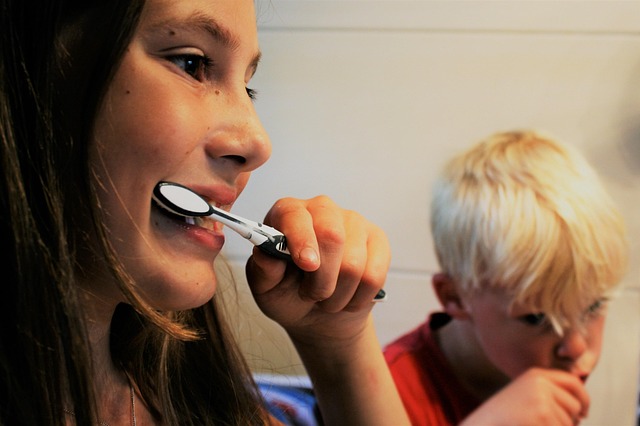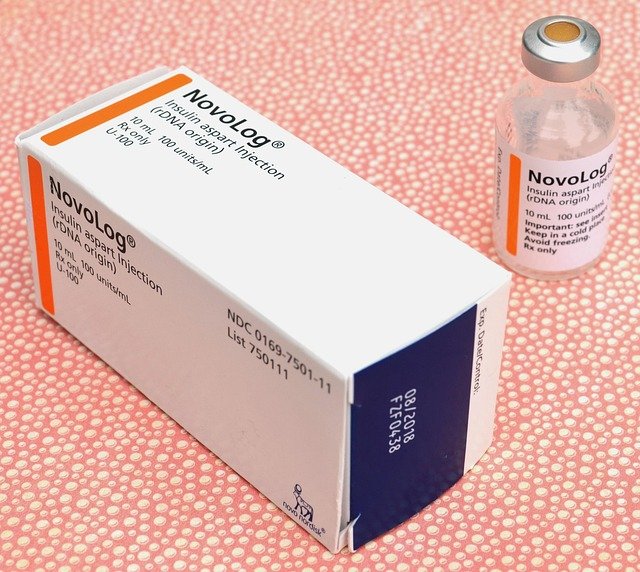Hidden Warning Signs of Bed Bug Infestations: Expert Strategies for Effective Detection and Safe Removal
Bed bugs are notorious for their ability to hide and multiply quickly, often going unnoticed until an infestation becomes severe. Recognizing the early signs of bed bug activity is crucial for swift intervention and effective treatment. This article explores expert strategies for detecting these elusive pests and implementing safe removal methods to protect your home and health.

What are the early indicators of bed bug activity at home?
Detecting bed bugs in their early stages can be challenging, but there are several telltale signs to watch for. One of the most common indicators is the presence of small, reddish-brown spots on bedding, mattresses, or furniture. These spots are typically bed bug excrement and may appear as tiny rust-colored stains. Additionally, you might notice small, pale yellow eggs or eggshells in the seams of mattresses or upholstered furniture.
Another early sign is unexplained skin irritations or bites, often appearing in a line or cluster on exposed skin. While not everyone reacts to bed bug bites, those who do may experience itchy, red welts. It’s important to note that these bites alone are not definitive proof of bed bugs, as other insects can cause similar reactions.
Where are the uncommon hiding spots bed bugs prefer?
While bed bugs are commonly associated with mattresses and bedding, they can hide in various unexpected places throughout your home. One often-overlooked area is behind wall outlets and switch plates. Bed bugs can squeeze into these tiny spaces, making them difficult to detect during routine inspections.
Another surprising hiding spot is inside hollow curtain rods or the pleats of curtains. These areas provide dark, undisturbed environments that bed bugs find attractive. Additionally, bed bugs may inhabit the gaps between baseboards and walls, behind picture frames, or even within the bindings of hardcover books.
Furniture joints, such as the corners of dressers or the underside of chairs, can also harbor bed bugs. In severe infestations, these pests may even find their way into seemingly unlikely places like electronics, clocks, or smoke detectors.
How does understanding bed bug behavior improve detection?
Comprehending bed bug behavior is key to enhancing detection efforts. Bed bugs are primarily nocturnal and tend to be most active just before dawn. This knowledge can help you time your inspections for optimal results. Using a flashlight to examine potential hiding spots during these peak activity hours may increase your chances of spotting live bugs.
Bed bugs are attracted to warmth and carbon dioxide, which is why they often target sleeping humans. Understanding this behavior can help you focus your search on areas where people spend extended periods, such as beds, couches, or favorite chairs.
These pests also tend to cluster together in groups, so finding one bed bug often leads to discovering more in the immediate vicinity. This clustering behavior makes thorough inspections of suspected areas crucial for effective detection.
What are safe and science-based removal methods for bed bugs?
When it comes to bed bug removal, it’s essential to employ safe and scientifically-proven methods. One of the most effective approaches is heat treatment. Professional exterminators use specialized equipment to raise the temperature of infested areas to levels lethal to bed bugs (typically around 120°F or 49°C). This method is particularly effective because it can penetrate hard-to-reach areas where bed bugs hide.
Another science-based approach is the use of diatomaceous earth, a natural substance that damages the exoskeletons of bed bugs, leading to dehydration and death. While this method is slower than heat treatment, it can be an effective part of an integrated pest management strategy.
For smaller infestations, careful vacuuming combined with steam cleaning can be effective. Vacuuming can remove visible bed bugs and their eggs, while steam cleaning delivers lethal heat to kill any remaining pests. It’s crucial to dispose of vacuum contents in sealed plastic bags immediately after use to prevent reinfestation.
What expert insights can prevent future bed bug infestations?
Prevention is key in the battle against bed bugs. Experts recommend regular inspections of your home, especially after traveling or introducing second-hand furniture. When traveling, always inspect hotel rooms thoroughly before settling in, and keep luggage elevated and away from beds and upholstered furniture.
At home, reducing clutter can eliminate potential hiding spots for bed bugs. Regularly washing and drying bedding, curtains, and clothing on high heat can also help prevent infestations from taking hold. Experts advise using mattress and box spring encasements specifically designed to prevent bed bug infestations.
Another preventive measure is sealing cracks and crevices in walls, floors, and furniture. This limits the number of hiding spots available to bed bugs and makes detection easier. Professionals also recommend being cautious when bringing used furniture or clothing into your home, inspecting items thoroughly before introducing them to your living space.
What are the costs associated with professional bed bug extermination?
Professional bed bug extermination services can vary widely in cost, depending on the severity of the infestation and the chosen treatment method. On average, homeowners can expect to pay between $300 and $5,000 for professional bed bug removal services. Heat treatments, while highly effective, tend to be more expensive, ranging from $2,000 to $4,000 for a single-family home. Chemical treatments are generally less costly, typically ranging from $300 to $1,000 per room.
Here’s a comparison of common bed bug extermination methods and their associated costs:
| Treatment Method | Average Cost Range | Effectiveness | Number of Treatments Needed |
|---|---|---|---|
| Heat Treatment | $2,000 - $4,000 | High | Usually 1 |
| Chemical Treatment | $300 - $1,000 per room | Moderate | 2-3 |
| Fumigation | $4,000 - $8,000 | High | 1 |
| Combination (Heat + Chemical) | $2,500 - $5,000 | Very High | 1-2 |
Prices, rates, or cost estimates mentioned in this article are based on the latest available information but may change over time. Independent research is advised before making financial decisions.
In conclusion, early detection and swift action are crucial in managing bed bug infestations. By understanding the signs, behaviors, and effective treatment methods, you can protect your home from these persistent pests. Remember that while DIY methods can be helpful, severe infestations often require professional intervention for complete eradication.




